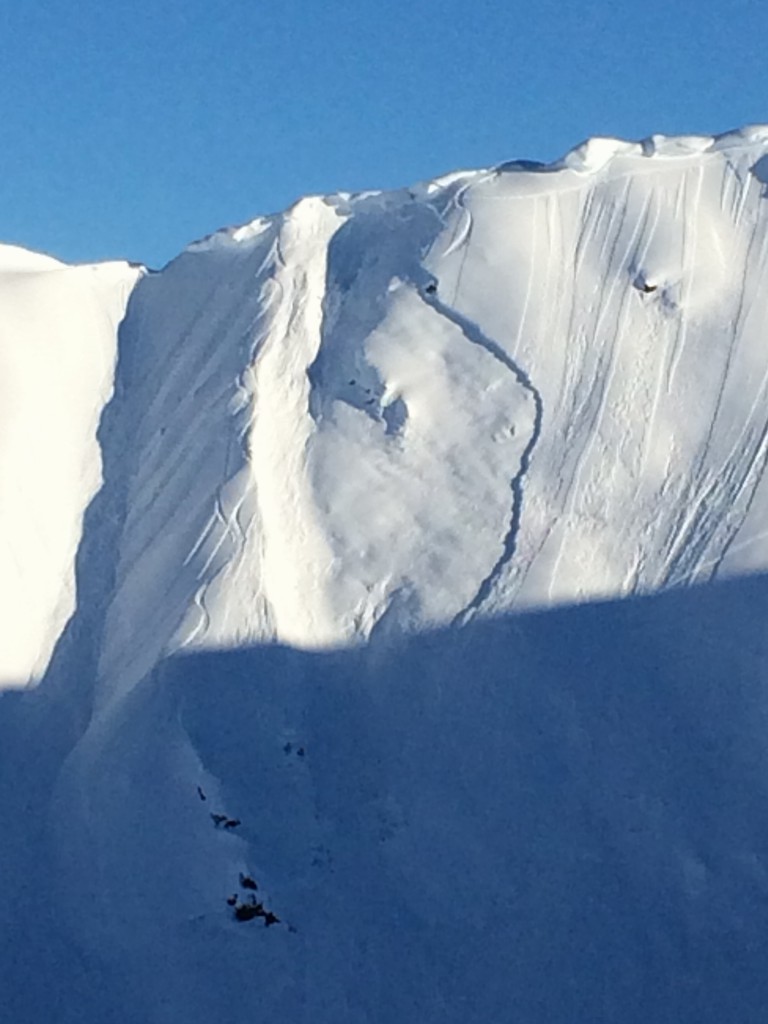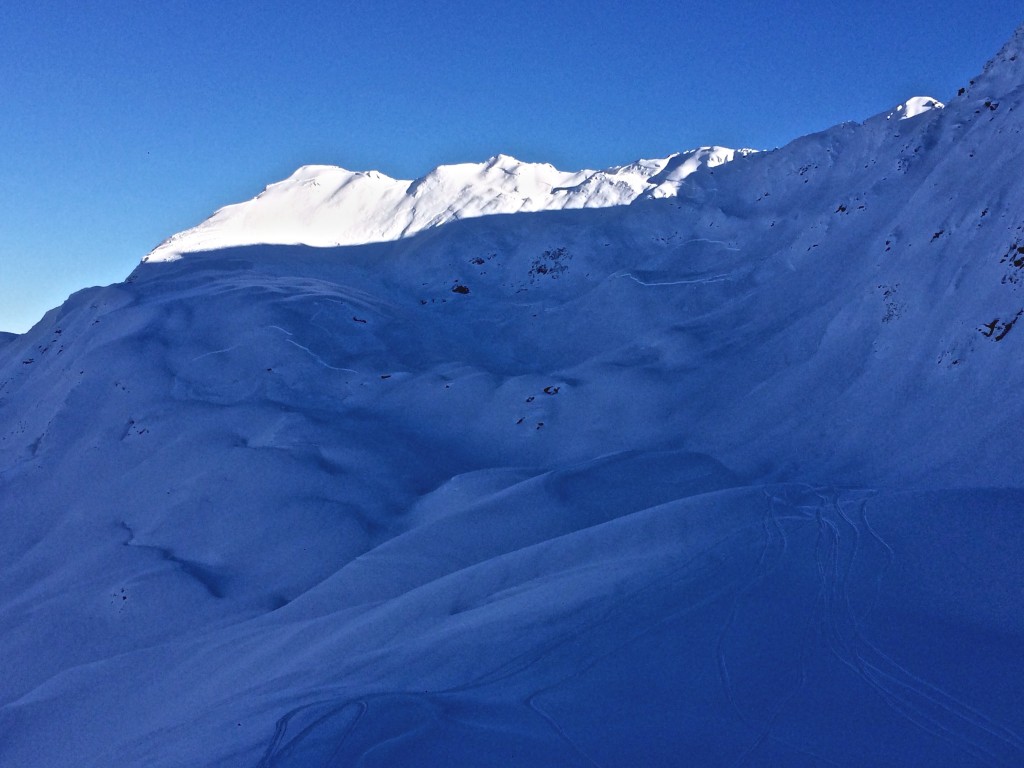Turnagain Pass
|
|
Although a generally LOW avalanche danger continues in most areas of the Turnagain Pass region, we have enough exceptions that combine for a MODERATE overall hazard at all elevations. These exceptions are: 1) Shallow fresh wind slabs may form today with a bump in winds at the higher elevations. 2) Cornices remain prime to fall and may trigger a slab avalanche below. 3) Glide avalanches are still releasing at the mid-elevations. 4) Large avalanches are possible in areas just South of Turnagain Pass where buried weak layers may exist.
*If you are thinking of going South of Turnagain Pass or to the Summit Lake area, be aware that different avalanche problems can exist and weak layers may be found within the snowpack. Click HERE to read Saturday morning’s Summit Lake Summary.
Girdwood Nordic Ski Club partnered up with the USFS and groomed a 2.8K cross-country ski loop near Center Ridge in Turnagain Pass on Friday. Groomed trails can be accessed just beyond the outhouses on the non-motorized parking area. For information on becoming a member and supporting the Girdwood Nordic Ski Club click HERE.



